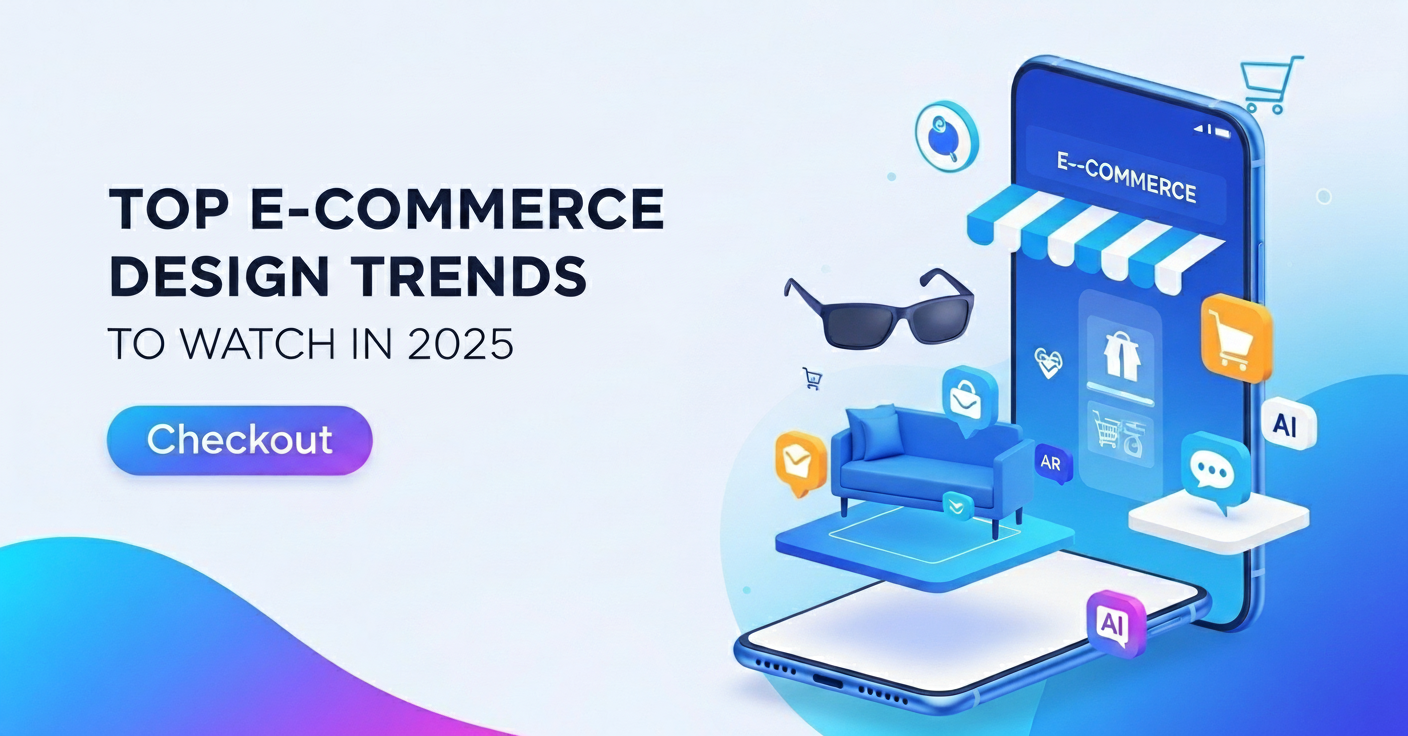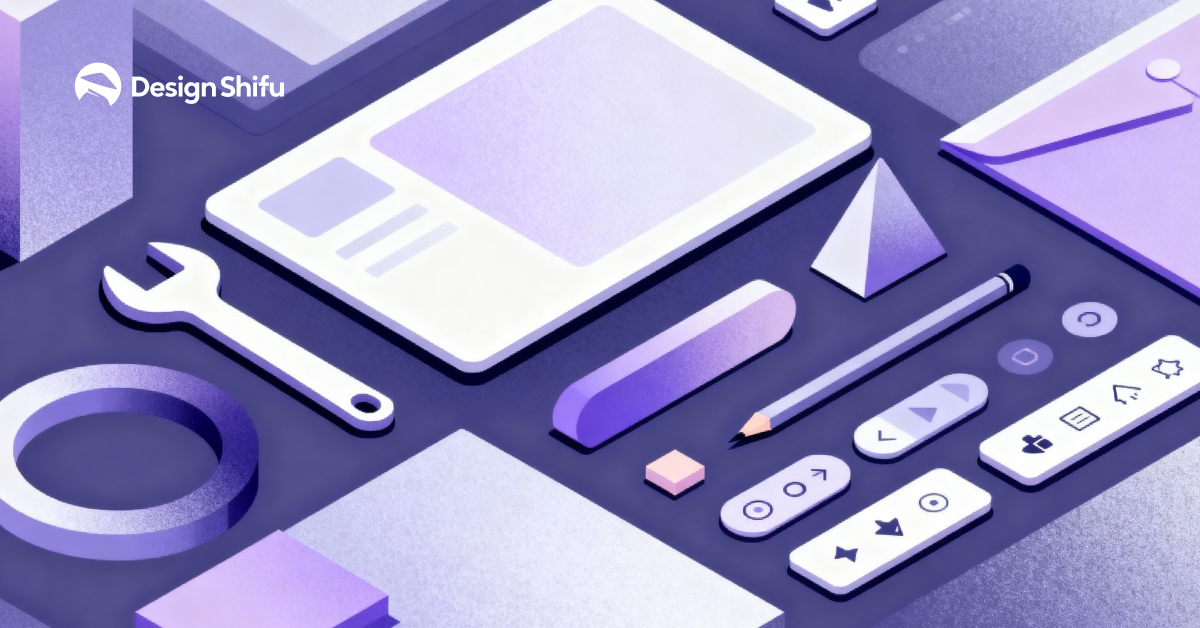Running an e-commerce brand in 2025 is like standing out at a lively farmers’ market. Everyone’s got their shiny apples, but you’ve gotta make yours the ones people can’t resist. I’ve been digging into the latest trends, and they’re all about creating a stellar user experience through smart web design that feels personal and keeps customers hooked.
I know it can feel overwhelming between product listings and checkout flows, it’s easy to lose your brand’s spark. I saw it with a friend’s Shopify store; it felt generic until we made it hers. So, grab a coffee, and let’s dive into 2025’s top e-commerce design trends to make your site pop.
TL;DR
- E-commerce design in 2025 is all about creating a personal, seamless user experience that keeps customers engaged.
- Key trends include mobile-first layouts, minimalist designs with personality, interactive product visuals, AI-powered chatbots, storytelling, dark mode, frictionless checkout, and social commerce.
- Implementing even a few of these strategies can make your online store stand out and drive sales.
Top E-commerce Trends
E-commerce in 2025 is all about vibes. Shoppers don’t just want to buy, they want the smoothest, fastest, most “wow, that felt easy” experience possible. Your store’s design should give engaging user experience that feels effortless and keeps shoppers coming back. So, before your checkout button gets lonely, let’s dive into the top design trends ruling online shopping this year.
1. Mobile-First Design
Okay, let’s start with the big one. Mobile-first design isn’t new, but in 2025, it’s non-negotiable. Picture this: you’re scrolling on your phone during a lunch break, and you land on a site that’s clunky, with tiny buttons you can’t tap without zooming in. Frustrating, right? Your customers feel the same way.
Stats are saying over 70% of online shopping happens on mobile now, and that’s only climbing. So, design your site like it’s meant for thumbs big, tappable buttons, swipe-friendly layouts, and images that load faster than you can say “add to cart.”
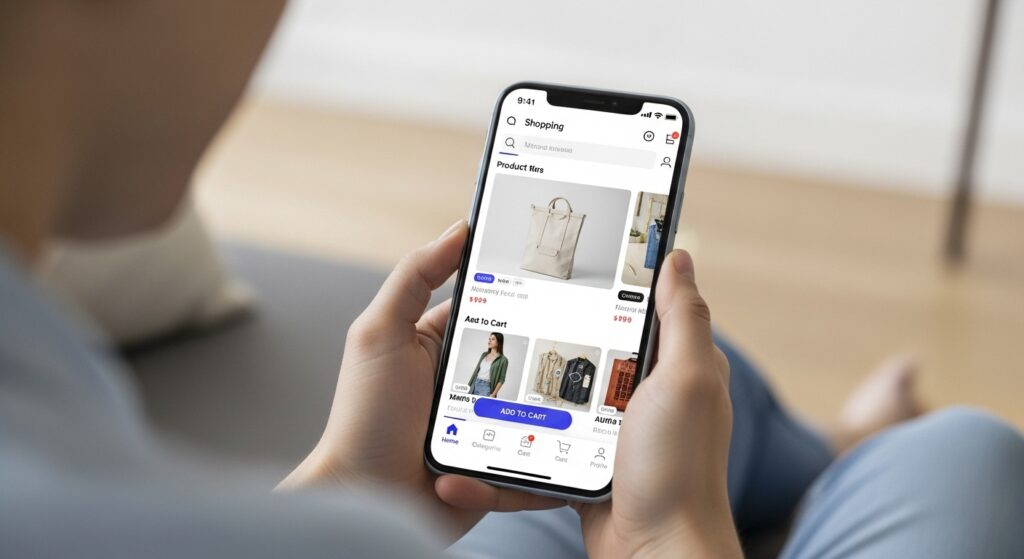
My friend’s Shopify store? We made her product pages super thumb-friendly, and her sales spiked because people weren’t rage-quitting on their phones.
Quick tip: Test your site on your own phone. Pretend you’re a customer. Can you check out in under a minute? If not, simplify. That’s how you win on user experience.
2. Minimalist Vibes with a Side of Personality
Minimalism is still king, but it’s got a twist this year. Think clean layouts, lots of white space, and neutral or pastel colors that feel like a warm hug. But here’s the thing, minimal doesn’t mean boring. It’s like decluttering your house but keeping that one quirky lamp that screams you. Brands like Apple and Muji nail this, making their products the star without overwhelming you.
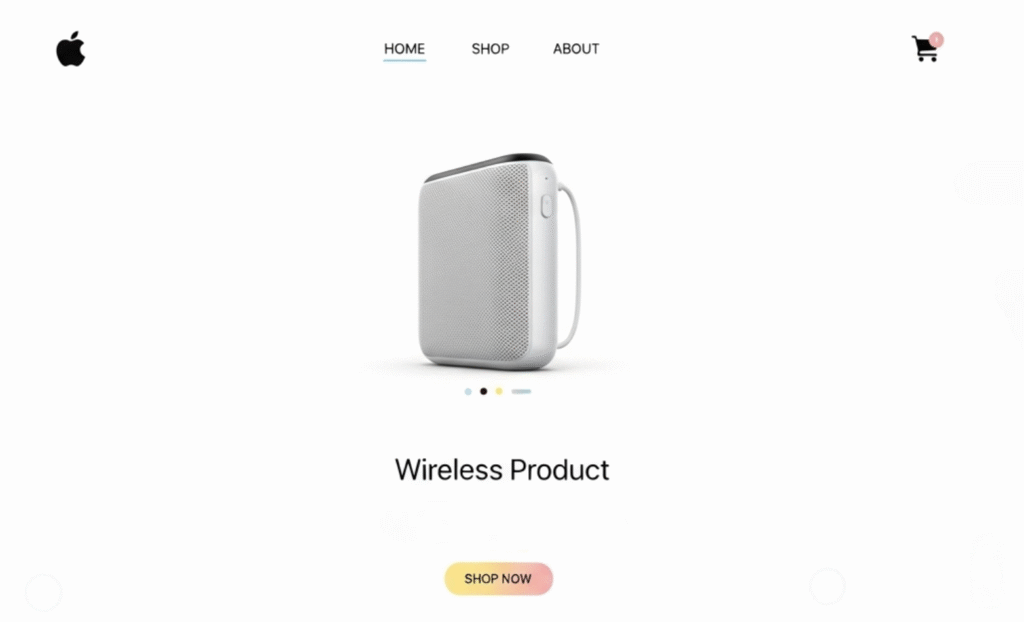
In 2025, add a bit of your brand’s personality. You could use playful micro-animations when someone hovers over a product. You might also use a handwritten-style font for your headers.. It’s like inviting someone into your home instead of a sterile showroom.
I once worked with a small jewelry e-commerce brand. We replaced their cluttered homepage with a clean design. The new design used soft pinks and a subtle sparkle animation on their bestsellers.. Customers started spending more time on the site, and they felt like they were shopping somewhere special.
3. Interactive Product Visuals (Like Trying It On Without Leaving Your Couch)
Okay, this one’s fun. Imagine shopping for sunglasses and being able to “try them on” virtually, or seeing how a couch looks in your living room before you buy it.
That’s where interactive visuals and augmented reality (AR) are taking us in 2025. Big players like IKEA and Sephora are already doing this, letting customers play with products in a way that feels like an in-store experience.
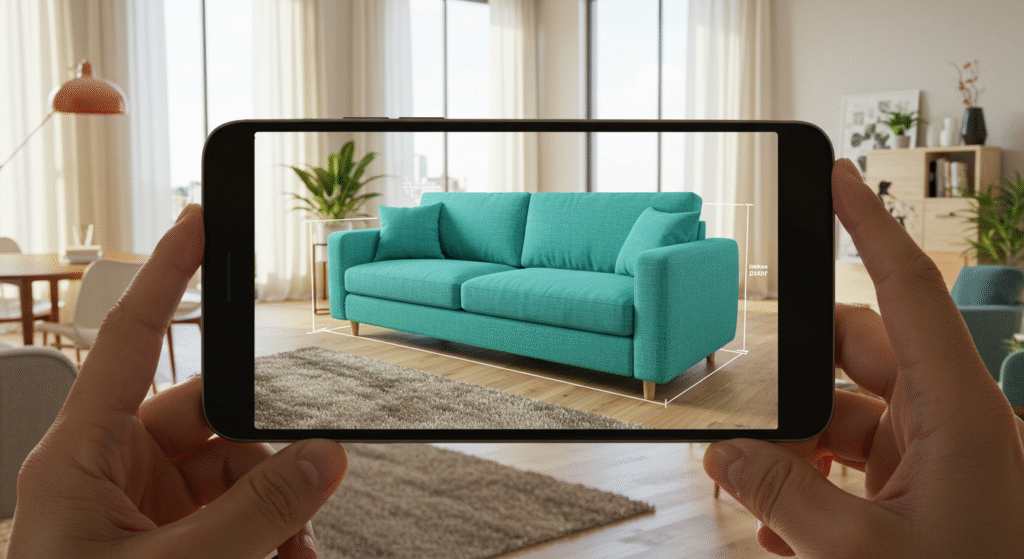
It’s not just cool, it builds trust and cuts down on returns because people know what they’re getting. I helped a furniture store add an AR feature where customers could see how a table fit in their dining room. Returns dropped by 15%, and customers were raving about how fun it was.
Pro move: If AR feels like a big leap, start with 360-degree product views or zoomable images. It’s like letting customers hold the product in their hands.
4. AI and Chatbots That Actually Get You
AI’s been around, but in 2025, it’s getting personal. Think chatbots that don’t sound like robots, but like that super-helpful store clerk who knows exactly what you need.
These bots use customer data to suggest products, answer questions, and even crack a joke or two. It’s like having a friend guide you through the store.
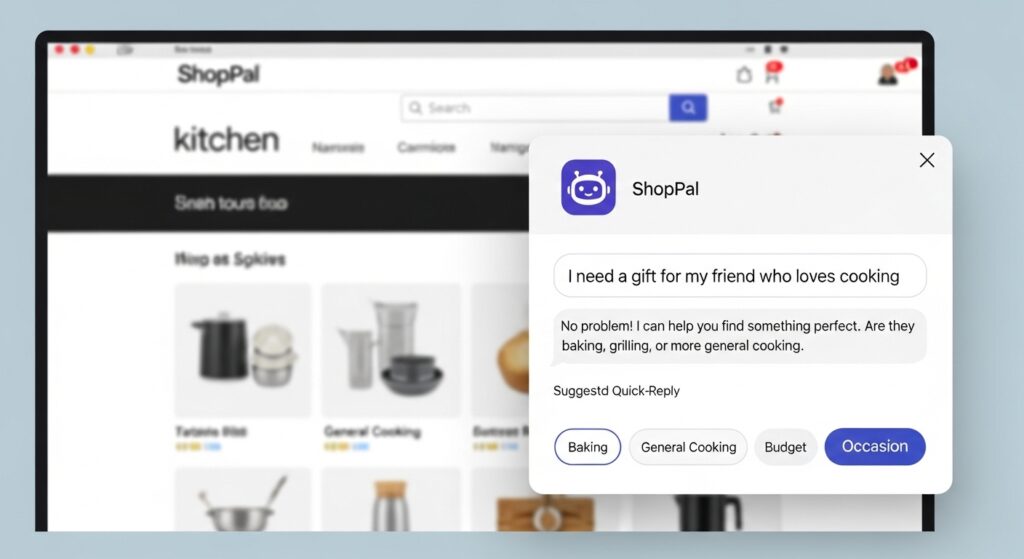
Plus, AI tools for product recommendations are getting scarily good at predicting what people want. My friend’s store added a chatbot that asked, “Looking for a gift or treating yourself?” and tailored suggestions based on the answer. Her customers loved it, and her conversion rates jumped.
Word of caution: Don’t let your chatbot be pushy. Nobody likes a salesperson who won’t stop talking. Great design goes hand in hand with great customer service and AI is helping brands get it right.
5. Storytelling That Hits the Heart
Here’s where things get emotional. In 2025, it’s not enough to just sell stuff. Customers want to feel something. Storytelling through design, think product pages with videos about the artisans who made your goods or a homepage that shares your brand’s “why” is huge. It’s like inviting someone to sit by the fire and hear your story.
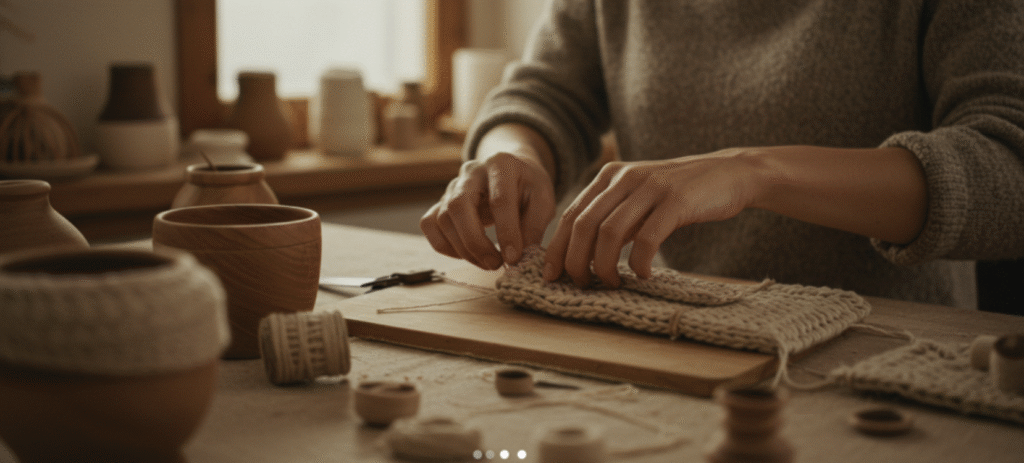
I worked with a coffee e-commerce brand that added a short video about their farmers on their product pages. Sales went up because people felt connected to the people behind the beans.
Try this: Write a one-sentence story about why you started your business and put it front and center on your homepage. Make it real, not corporate.
6. Dark Mode for the Night Owls
Okay, I’m guilty of this myself scrolling online at 1 a.m. with my phone brightness turned way down. Dark mode is a lifesaver for that, and it’s a big trend for 2025.
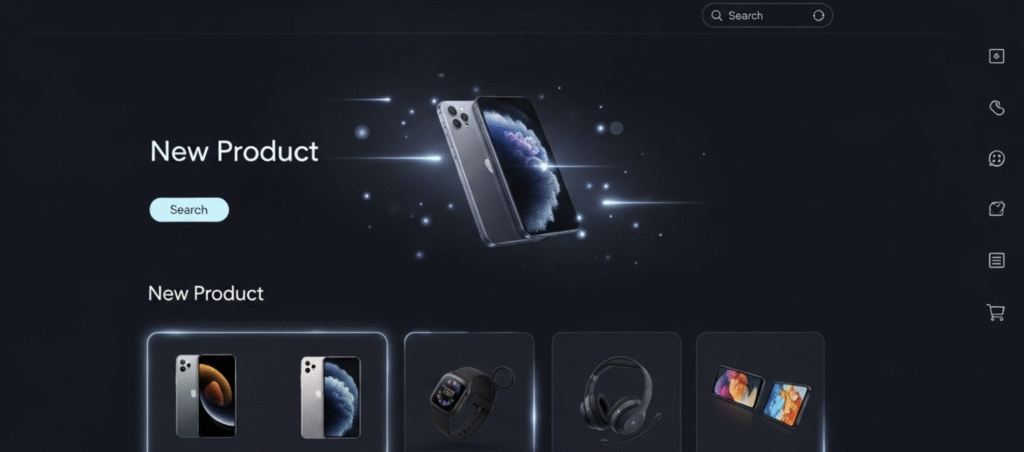
It’s not just about reducing eye strain; it makes your site look sleek and modern. Offer a toggle so customers can switch between light and dark modes. Just make sure your product images still pop against the darker background.
I saw a clothing e-commerce brand do this, and their late-night shoppers (aka me) were obsessed.
7. Frictionless Checkout (Because Nobody Likes a Maze)
Ever abandoned a cart because the checkout process felt like filling out a tax form? Yeah, me too. In 2025, smooth, one-click checkouts are a must. Think Apple Pay, Google Pay, or even guest checkout options that don’t force you to create an account.
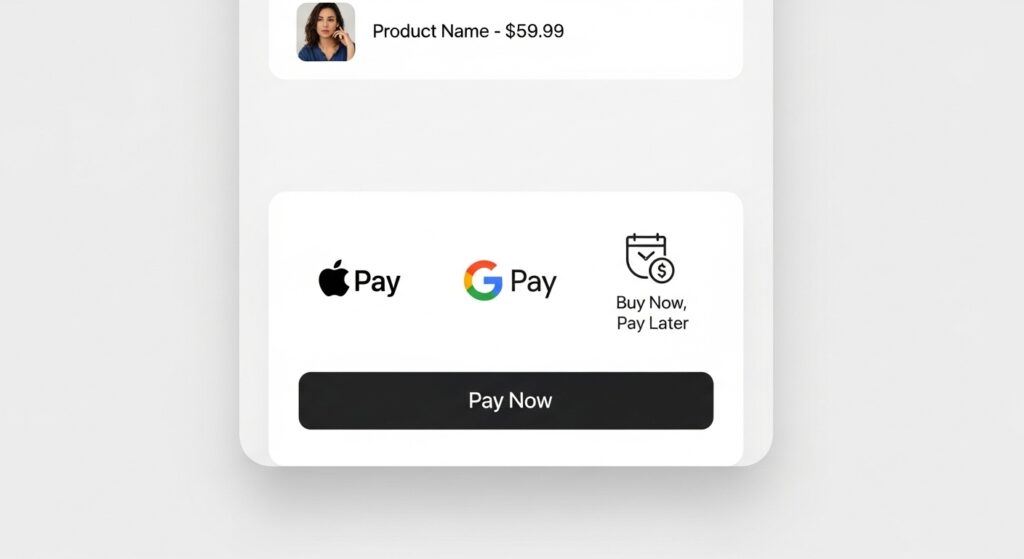
Keep it simple, name, email, payment, done. I helped a small business cut their checkout steps from five to two, and their abandoned cart rate dropped like a stone.
Quick fix: Look at your checkout flow. If it takes more than three clicks to buy, you’re losing sales. And don’t forget flexible payment options, shoppers expect PayPal, credit cards, and even Buy Now Pay Later to be available.
8. Social Commerce Takes Center Stage
Here’s a big one for 2025: social commerce Platforms like Instagram, TikTok, and even Pinterest are no longer just for scrolling, they’re full-on shopping destinations.
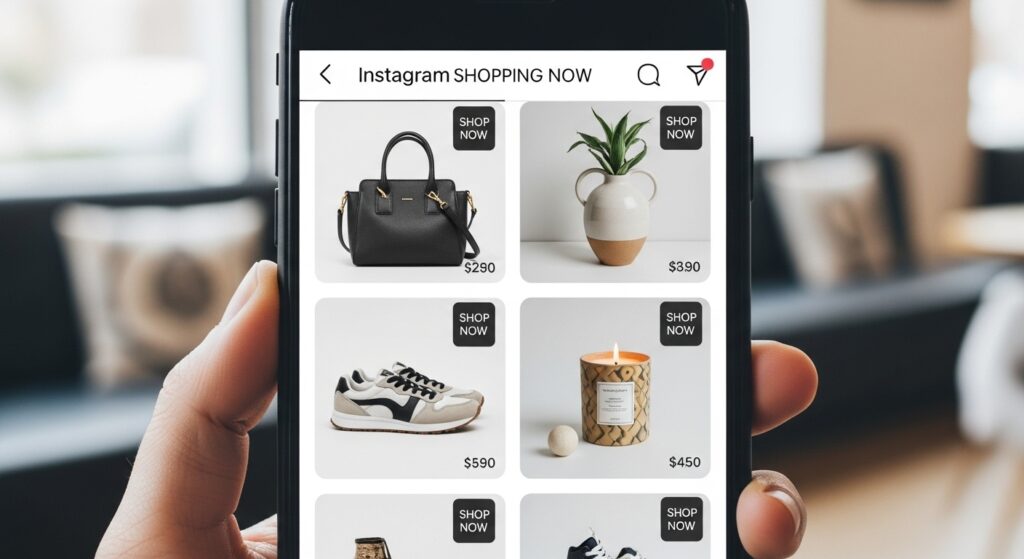
Customers can discover, review, and buy without ever leaving the app. Smart e-commerce brands are leaning into this by making their products “shoppable” directly in feeds. If you’re not experimenting with social commerce yet, you might be leaving money on the table.
9. Voice Search and Smart Assistants
Voice shopping is on the rise thanks to Alexa, Siri, and Google Assistant. Customers are saying things like “find me the best graphic design service subscription” instead of typing.
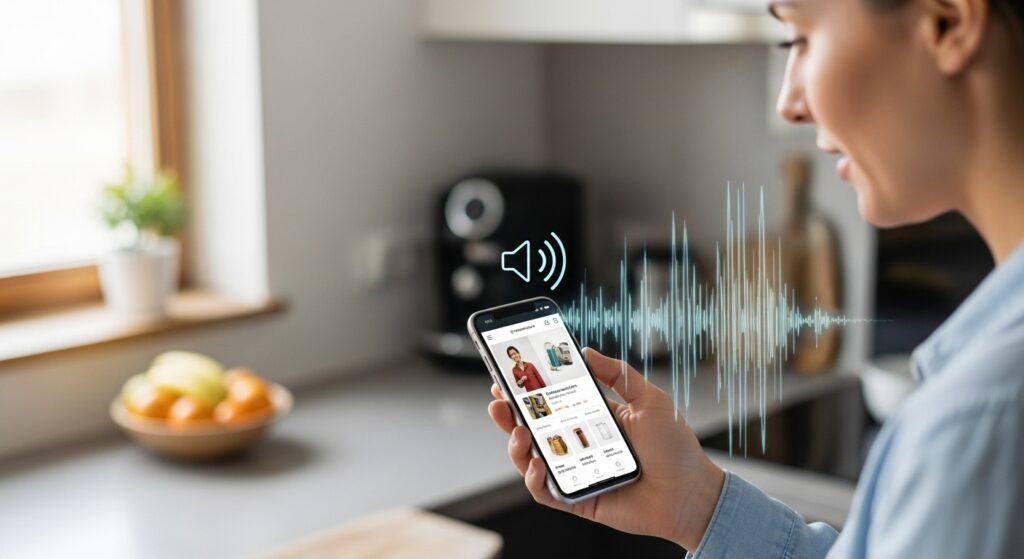
That means optimizing your site for search engines with conversational keywords and natural phrasing is more important than ever. In 2025, if your products aren’t voice-search friendly, you risk being invisible.
Key Takeaways
- E-commerce design in 2025 is all about personalization, speed, and user experience.
- Mobile-first design is no longer optional, over 70% of shopping happens on phones.
- Trends like minimalist layouts, AR visuals, AI-powered chatbots, and storytelling are shaping customer expectations.
- Features such as dark mode, frictionless checkout, social commerce, and voice search are becoming must-haves.
- Even small tweaks like simplifying checkout or adding interactive visuals can boost conversions and customer loyalty.
Wrapping It Up
Alright, that’s the rundown on what’s shaping e-commerce in 2025. It’s all about making your site feel like a welcoming, easy-to-navigate space that gets your customers excited to shop.
So, what’s next? Start small, pick one or two trends (maybe a mobile-first upgrade or frictionless checkout) and see how your customers respond. The key is to keep evolving because your store should feel alive, just like the people who shop there.
Ready to give your e-commerce brand a design glow-up? Let Design Shifu’s graphic design service help you craft visuals, layouts, and branded assets that actually convert. Explore our design plans today.
FAQs
1. Why is mobile-first design so important for e-commerce in 2025?
Because over 70% of online shopping now happens on mobile. If your site isn’t optimized for thumbs, fast loading, and easy checkout, you risk losing customers who want a smooth mobile experience.
2. How can small businesses afford advanced design features like AR or AI?
3. What is social commerce and why should I care?
4. Will minimalism in web design still be trendy in 2025?
5. How do I make my checkout process more frictionless?
6. Is dark mode necessary for e-commerce sites?
7. How can storytelling improve my online store?
8. What’s one trend I should prioritize if I can’t do everything at once?

